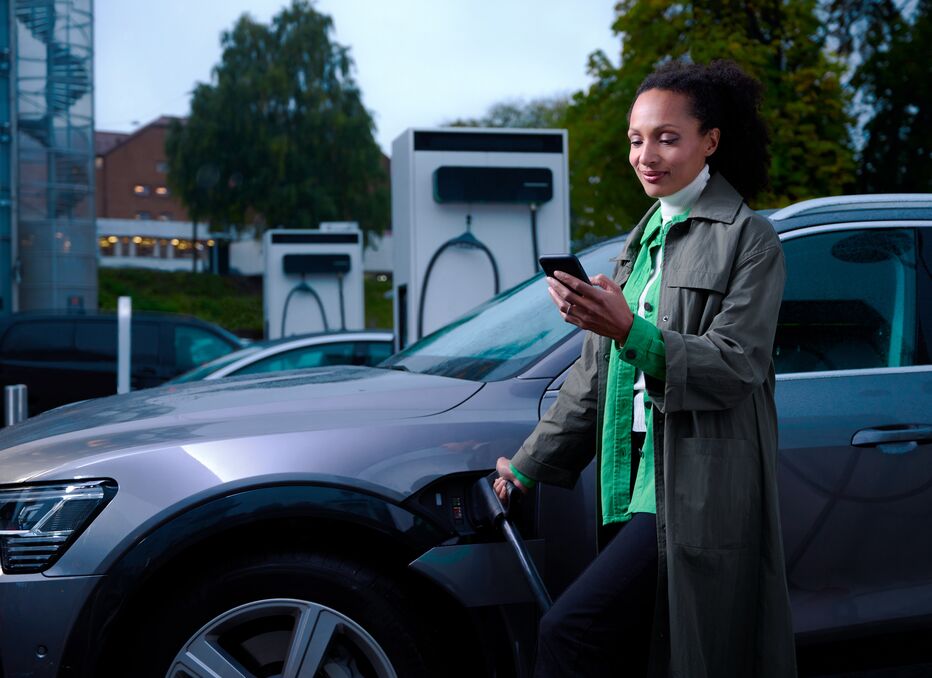
Last updated: 17 November 2023
Transitioning to electric vehicles (EVs) is a step many drivers around the world have already taken or are considering taking in the near future. While driving an EV is often cheaper, more convenient, and more sustainable than a combustion engine vehicle, the switch involves a few habit changes and can be daunting for many of your future customers.
Making the charging experience as seamless as possible for your EV driving customers is a crucial part of easing this transition and broadening the appeal of EVs to a less tech-savvy demographic. Whether by making your charging station easy to find (both online and in-person), enhancing its safety, or ensuring it is easy to interact with, we’ve compiled below a list of aspects to consider when it comes to offering a DC fast charging experience.
Table of contents
The days of early adoption are behind us
In the early days of electric vehicle charging, the interaction between drivers and a charging station was not a priority. As a tech-savvy minority, early adopters are quite forgiving when working with innovative technologies, so ease of use was not a top priority.
However, as electric vehicles are quickly becoming a mainstream product, the driver experience is becoming increasingly important for businesses offering charging solutions.
From the visibility of the charging station to the speed at which drivers can tap and charge: user experience can be the difference between unsatisfied, one-off visitors and satisfied customers that keep coming back.
DC charging driver experience
Let’s explore a few important aspects that determine the driver experience when it comes to your DC charging infrastructure. While the speed of charging is important to a driver looking to fast charge, there is more to it. This includes both online and offline visibility, various safety and convenience features, payment options, accessibility, and offering other services on the side.
Visibility
Before any driver can charge using your DC charging station, they’ll need to be able to find it. So, whether you are building a nation-wide public fast charging network or operating a few fast-charging stations in one location, here’s what you should consider.
Online visibility
You'll want to ensure your stations are available on various online platforms and charging apps, as well as Google Maps, Apple Maps, and Waze.

Once your public charging stations are visible online, the next step is to ensure they stand out offline too.
Offline visibility
It can be tempting to tuck away DC charging stations at the back of the parking lot or in a corner next to your site’s power supply equipment. But keep the user perspective in mind – people don’t want to be stumbling in the dark trying to find your charging station. Or worse, not even realize that you offer fast EV charging.
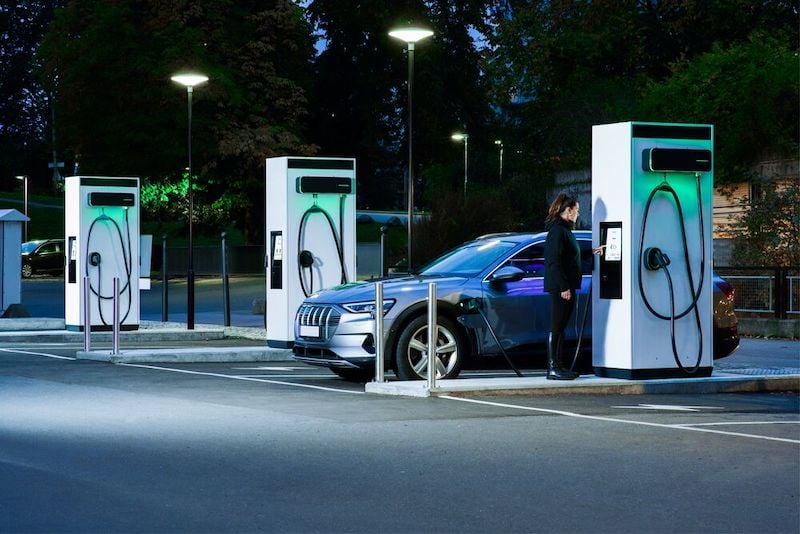
The more noticeable and inviting your charging facility is, the more people will feel safe, comfortable, and, in turn, likely to stop at your location to charge.
Aspects such as LED lights on the top and sides of the charging station can ensure visibility and safety at night, while clear signage on the road and around your facility can help EV drivers easily navigate to your DC charging stations.
Comfort and convenience
The steps to initiate and end charging should be as simple as possible. This means minimizing the steps EV drivers must go through between arriving at your site, starting the charging process, plugging in the cable, ending the session, and paying for it.
Cable Management
The cables used to connect an EV to your DC charging station might be the last thing on your mind when thinking of the driver experience. In reality, cables are one of the main aspects of your EV charging station drivers will interact with, and the type, positioning, and management of the cable can determine how easy your EV charging station is to use – and even what vehicles can use it.
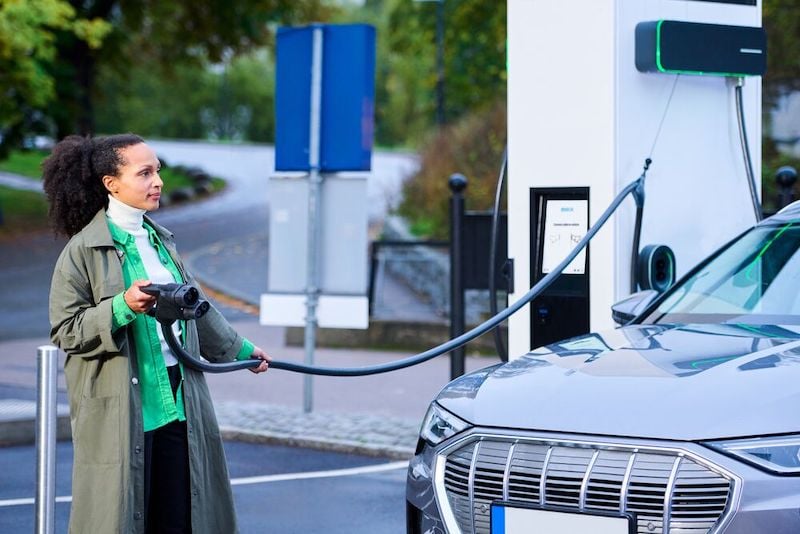
Cable management can help drivers with the heavier weight of the fast-charging cable and provide an extended reach—it is recommended to have a reach of at least four meters to suit all the passenger EVs on the market.
There is, of course, a safety consideration to cable management too: loose cables create potential tripping hazards that can lead to injuries, and cars driving over them can damage your investment.
Interaction
Now let’s dive into the importance of the actual interaction between the driver and the DC charging station.
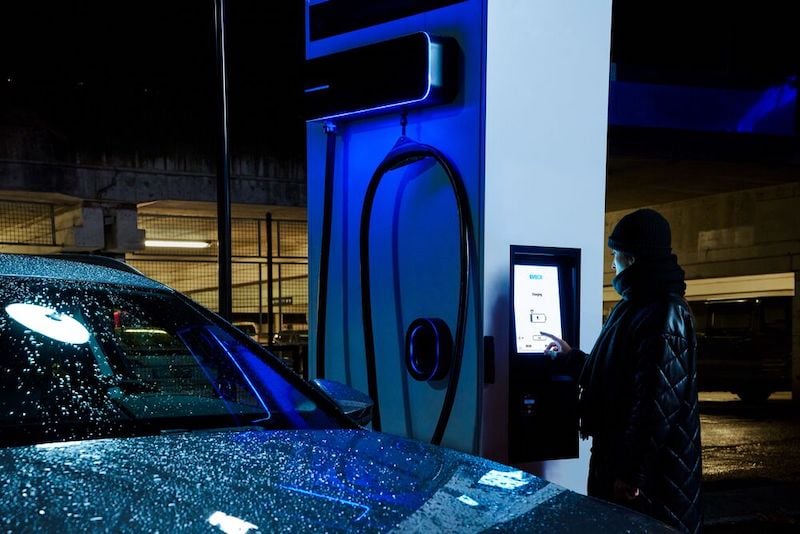
When a driver arrives, the first out-of-the-car interaction a driver will have, is with the screen. In the world of big, intuitive touchscreens, drivers increasingly expect a large screen with straightforward navigation and information that will guide them through the steps of their charging experience. It’s important that the information is available in multiple languages.
During the charging session, the screen should provide relevant and accurate information about the session, such as power output, duration, and state of charge. Then, once the charging session is complete, the driver should be able to end the session and place the cable back as easily as possible.
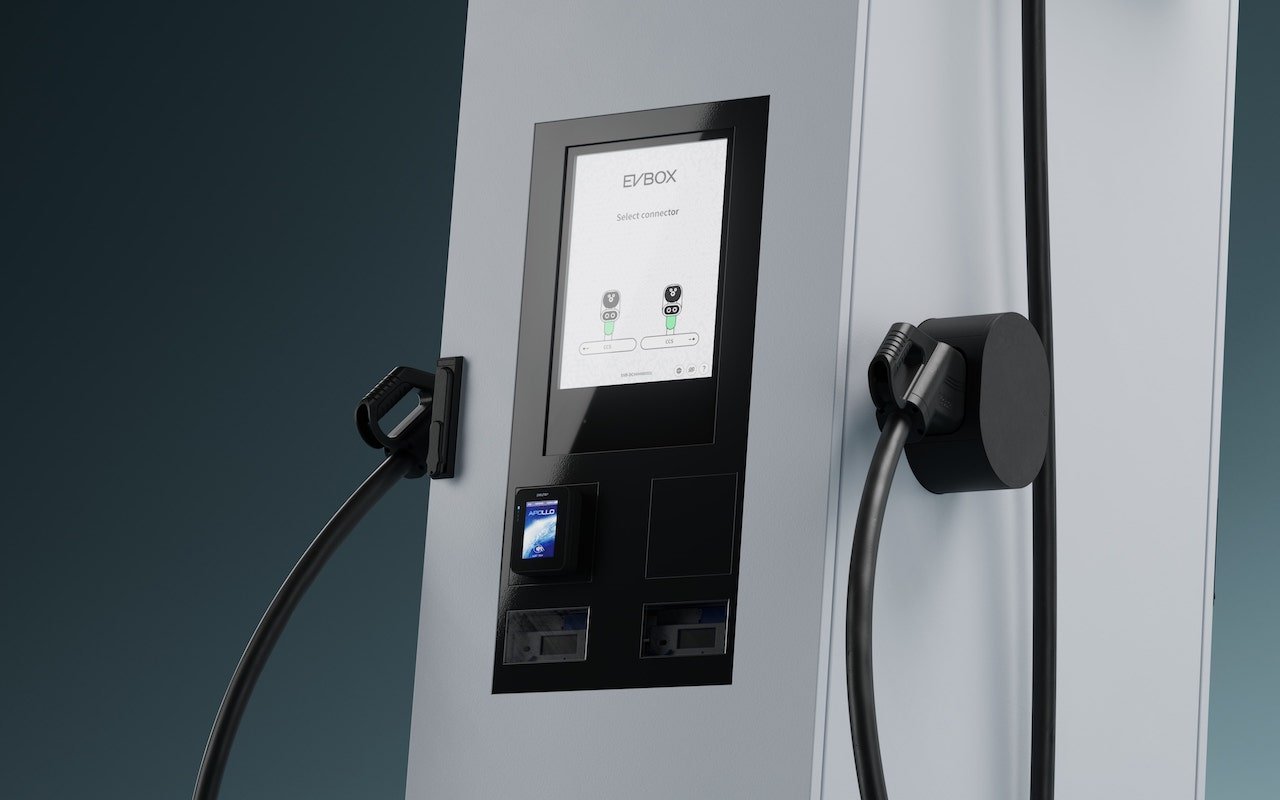
Payment
Payment and EV charging can be more confusing than people like it to be.
For one pricing information is not always clear and there are a few ways to pay at a public charging station.
Payment via a charging app
One of the main ways to manage public charging is through a charging app. There are many different charging apps available that allow you to connect and authenticate yourself to public chargers.
Payment through a charging app can either be done through a subscription or membership, and the charging costs are charged to the EV driver’s account via the app and are usually handled by credit- or debit card (or directly via bank transfer).
Payment via a RFID card/Key fob
By swiping an RFID card or key-fob on the reader the charging station recognizes who’s using the station and knows where to send the bill. These authentication tools are issued by the charge point operator and just like a charging app, drivers can usually opt for membership or pay as they go.
Payment via debit or credit card
Perhaps the simplest payment option that public fast charging stations offer is via bank card payment. This method doesn’t require any memberships or subscriptions; instead, anyone can pay and begin a charging session by swiping their credit or debit card.
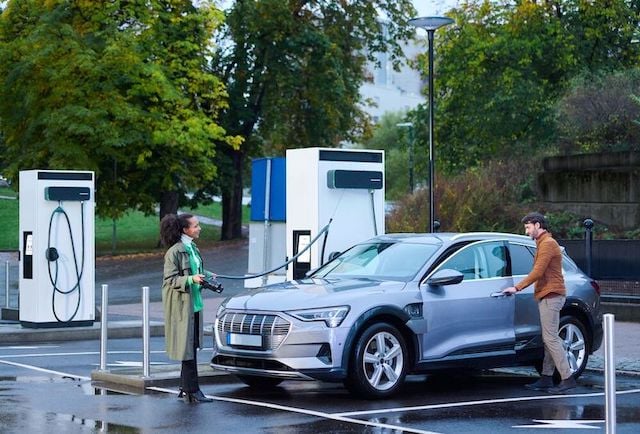
“EV drivers expect charging and paying for the charging sessions to be as simple as possible. To facilitate fast and easy charging payments, EVBox is enabling three payment options for their charging stations: a terminal allowing for contactless card payments, a third-party roaming payment solution, and ad-hoc charging. This gives every EV driver the option to pay for their charging sessions with the payment method of their choice” – Markus Dehn (CTO of EVBox)
If you are setting up your charging infrastructure, having accurate and transparent pricing and easy payment options can really set you apart from the competition.
The critical role of accurate data
In one of our REVOLUTION Podcasts, we had a thought-provoking conversation with Adam Woolway, Head of EV at Parkopedia, a market leader in connected-car products and services. Where he shed valuable insights on the importance of data collaboration in the EV industry.
Adam emphasizes the critical role of accurate data in providing a seamless experience for drivers. Real-time and precise information on charging station availability, locations, and pricing is essential.
He shares, "All of these things sound like incredibly obvious stuff, which if you're just thinking of a petrol car, you think, well, that's obvious, I can do all that anyway. But the fact is, in EV, all of those things are challenged today. So, a lot of the time the data which you find in an app, or on a website, or in the car itself is incorrect." –Adam Woolway
Collaboration and data-driven solutions hold the key to revolutionizing EV charging. By leveraging accurate information, we can enhance the driver's experience and instill confidence in charging infrastructure, further advancing the adoption of electric mobility.
Listen to the full podcast episode here.
Accessibility
When investing in a DC charging station, it’s important to consider how accessible your location is for all EV drivers.
Accessibility features, including wheelchair access, are not only key in advancing the adoption of EVs, but they are also becoming increasingly necessary to comply with government regulations.
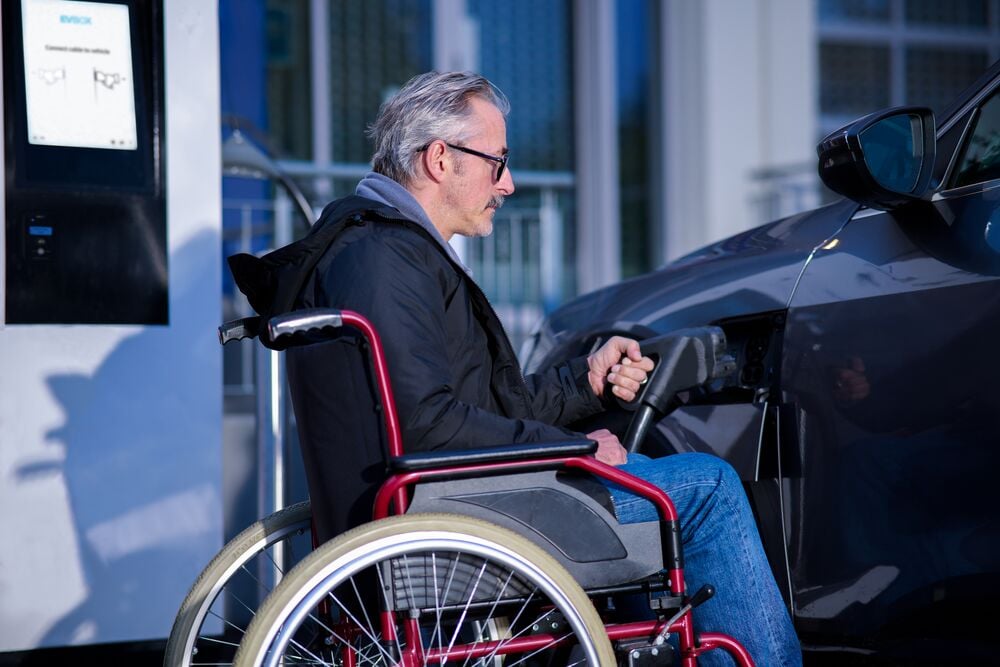
For instance, in the U.S., more states are requiring compliance with ADA requirements (Americans with Disabilities Act). In the UK, according to the Research Institute for Disabled Consumers, 61 percent of disabled people would consider buying an electric vehicle if EV charging was made more accessible.
Before choosing which EV charging station is right for your location, it’s wise to look up the local regulatory requirements for accessibility in your region and consider how you can make your DC charging facility more accessible.
Offering additional services
On average a fast-charging session takes up between 15 minutes and an hour. This means that your EV driving customer is waiting for their car to be charged. This is an excellent opportunity for your business to leverage the time they spent at your location and offer them other services.
This could be as simple as offering toilet and baby-changing facilities, creating a rest area with designated picnic areas, offering Wi-Fi, or setting up a shop where you offer coffee or fresh sandwiches for them to enjoy while they charge.

Offering a service that drivers are looking for could be exactly the reason they choose you over any competitor. This has everything to do with how you design your fast charging site.
The need for speed...and everything else
Driver experience was once an often-overlooked aspect of EV charging, but electric mobility has moved beyond early adopters, how EV drivers perceive and interact with your DC fast charging facility should be on your list as a factor just as important as profitability and return on investment.
Safety, visibility, comfort, driver interaction, and accessibility must be considered when investing in DC charging stations. These factors may well be the difference between drivers returning to your location versus leaving disappointed and looking for other locations.
Find out more about our latest DC charging solution and the charging experience it offers, by clicking on the image below.
Related articles

Smart Charging for Solar EV Systems: What is possible today?
There are a variety of smart solutions available, capable of optimizing your solar EV charging system in different...

Can solar EV charging save you money?
Charging your EV using household solar panels can indeed save you money on your utility bills. How much money solar EV...
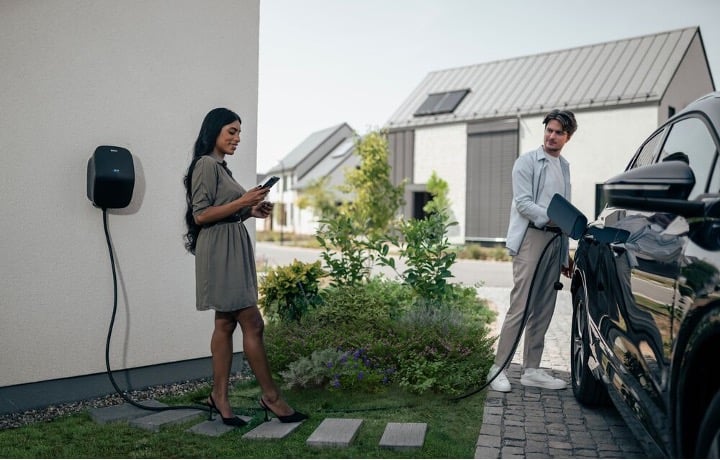
How to optimize your solar set-up for charging electric cars at home
There are several ways EV drivers can optimize a homegrown solar system to ensure their EV recharging needs are met....

